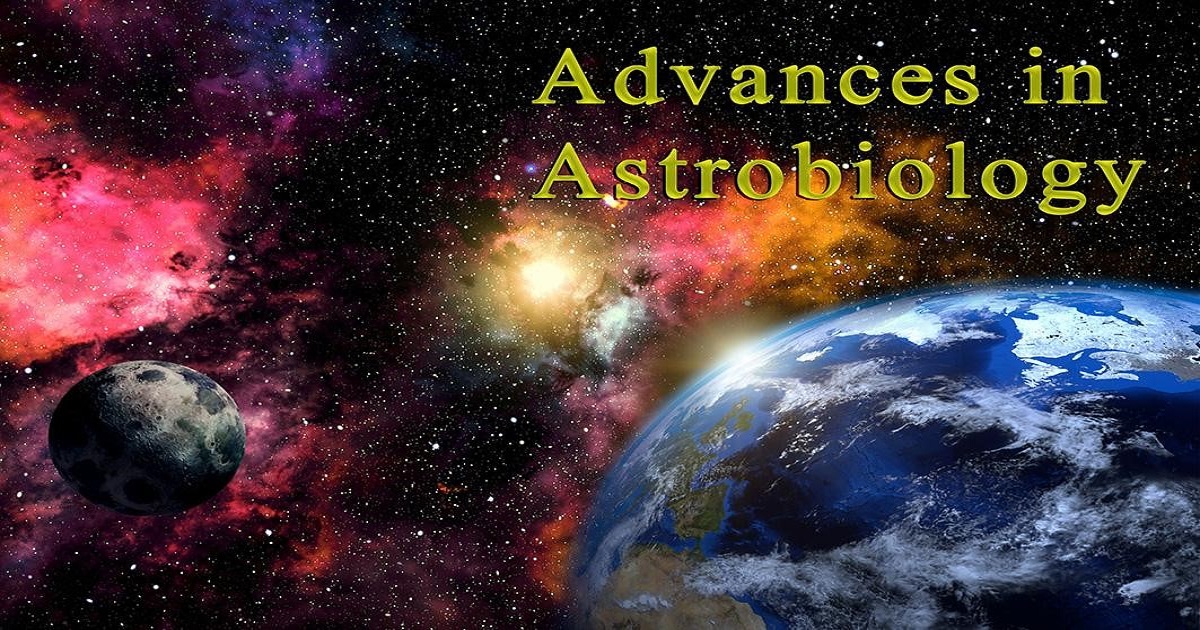Topic Menu
► Topic MenuTopic Editors



Advances in Astrobiology

Topic Information
Dear Colleagues,
Astrobiology is defined as the study of the origin, evolution, distribution, and future of life in the universe. This Topic seeks to collect papers that aim to answer some fundamental questions about the beginning and evolution of life on Earth (including the geological records of biosphere evolutions), possible existence of extraterrestrial life, and the future of life on Earth and other moons and planets. This Special Issue is particularly addressed to those scientists that study the emergence of life on Earth, determine how early life on Earth interacted and evolved with its changing environment, understand the evolutionary mechanisms and environmental limits of life, and explore habitable environments in our solar system and search for life, as well as those scientists that contribute to understanding the nature and distribution of habitable environments in the universe. We also seek papers aimed at recognizing signatures of life on early Earth and on other worlds, studying the nonbiological origin of organic compounds and the boundaries of habitable zones, bioregenerative life support systems, and the environmental limits of life. Finally, we seek papers focusing on the challenges posed by human presence in both low Earth orbit (e.g., ISS) and extraterrestrial orbiting stations (e.g., the Moon Space Gateway) or planetary bases, and the effect of space-related factors, such as altered gravity and magnetic fields, radiation, confinement, altered circadian rhythms, limited social interactions, high labor charge, psychological pressure, and limited or no access to fresh food.
Prof. Dr. Massimo Maffei
Prof. Dr. Barbara Cavalazzi
Dr. Marta del Bianco
Topic Editors
Keywords
- origin and evolution of life
- exobiology
- biological life support systems
- biogeochemistry
- geochemistry
- planetary sciences
- astrochemistry
- evolutionary biology
Participating Journals
| Journal Name | Impact Factor | CiteScore | Launched Year | First Decision (median) | APC |
|---|---|---|---|---|---|

International Journal of Molecular Sciences
|
4.9 | 9.0 | 2000 | 20.5 Days | CHF 2900 |

Pharmaceutics
|
5.5 | 10.0 | 2009 | 14.9 Days | CHF 2900 |

Cells
|
5.2 | 10.5 | 2012 | 16 Days | CHF 2700 |

Biomolecules
|
4.8 | 9.2 | 2011 | 19.4 Days | CHF 2700 |

Plants
|
4.1 | 7.6 | 2012 | 17.7 Days | CHF 2700 |

Universe
|
2.6 | 5.2 | 2015 | 22.6 Days | CHF 1600 |

Cancers
|
4.4 | 8.8 | 2009 | 20.3 Days | CHF 2900 |

Antioxidants
|
6.6 | 12.4 | 2012 | 17.4 Days | CHF 2900 |

Preprints.org is a multidisciplinary platform offering a preprint service designed to facilitate the early sharing of your research. It supports and empowers your research journey from the very beginning.
MDPI Topics is collaborating with Preprints.org and has established a direct connection between MDPI journals and the platform. Authors are encouraged to take advantage of this opportunity by posting their preprints at Preprints.org prior to publication:
- Share your research immediately: disseminate your ideas prior to publication and establish priority for your work.
- Safeguard your intellectual contribution: Protect your ideas with a time-stamped preprint that serves as proof of your research timeline.
- Boost visibility and impact: Increase the reach and influence of your research by making it accessible to a global audience.
- Gain early feedback: Receive valuable input and insights from peers before submitting to a journal.
- Ensure broad indexing: Web of Science (Preprint Citation Index), Google Scholar, Crossref, SHARE, PrePubMed, Scilit and Europe PMC.

